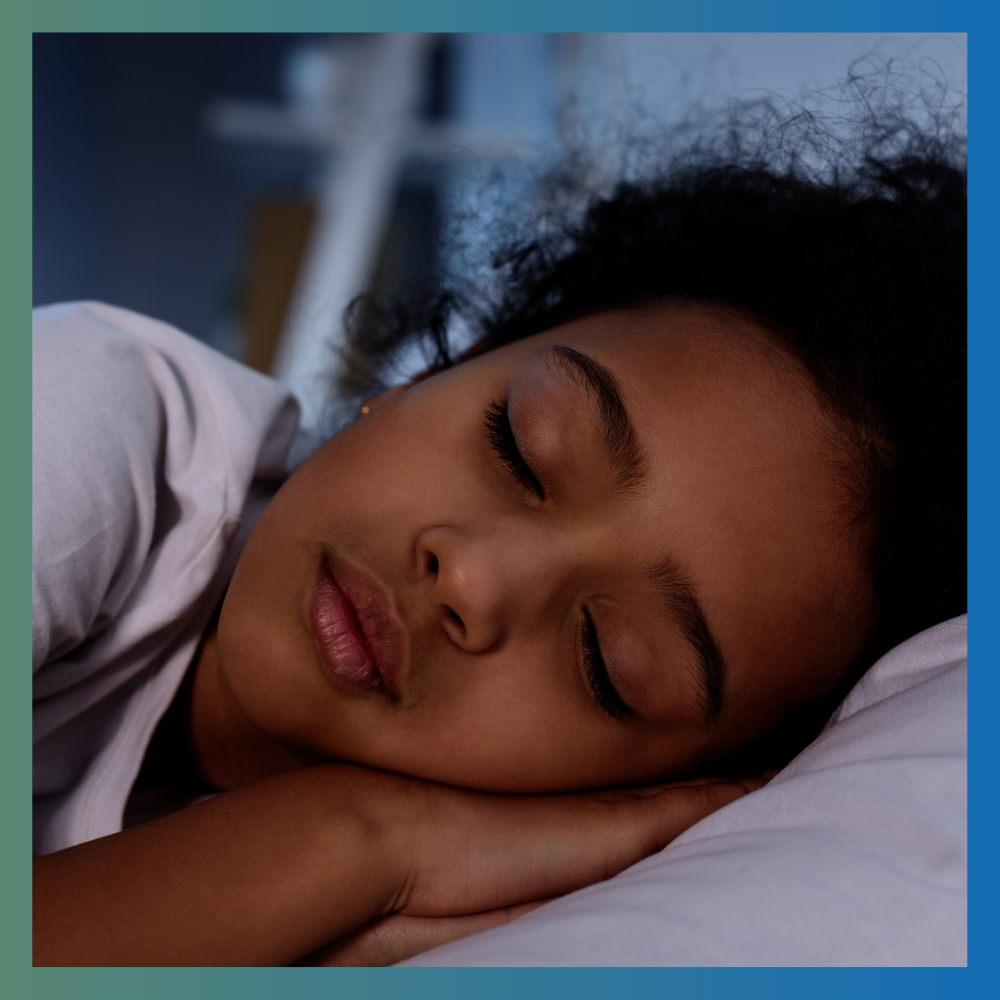Effectiveness of Hand Self-Shiatsu to Promote Sleep in Young People with Chronic Pain: a Case Series Design
Abstract
Background: Sleep problems exist for up to 30% of young people, and increase in the case of those with chronic pain. Because exclusive pharmacological management of sleep problems for children with pain is contraindicated, the development of appropriate non-pharmacological sleep interventions is a significant, largely unmet, need.
Purpose: This study examined whether the application of a standardized hand self-shiatsu (HSS) intervention within a population of young people with chronic pain would be associated with improved objectively and subjectively measured sleep.
Setting: The Pain Management Clinic of the Stollery Children’s Hospital Hospital, a large tertiary care centre in Edmonton, Alberta and the University of Alberta.
Research Design: Sixteen young adults, aged 17 to 27, were recruited for a case series study. The intervention involved participants self-applying a standardized hand shiatsu protocol. Participants wore an actigraph for one week at baseline before learning the HSS technique, and then at four- and eight-week follow-up. At the same measurement points they completed validated self-report measures of their sleep quality and daytime fatigue. Each participant also completed a sleep log to supplement the actigraphy data and to collect their general impressions of the HSS experience. Data were analyzed with SPSS 23 software, using Freidman’s test for analysis of variance.
Results: The objective data did not support the hypothesis that this standardized HSS protocol improves objectively measured sleep. However, standardized self-report measures demonstrated statistically significant improvement in perceived sleep disturbance (chi-squared test [?2] = 8.034, p = .02), sleep-related impairment (?2 = 7.614, p = .02), and daytime fatigue as measured by the PROMIS Fatigue SF 8-a (?2 = 12.035, p = .002), and the Flinder’s Fatigue Scale (?2 = 11.93, p = .003). Qualitative sleep log information indicated wide-spread endorsement of HSS for the management of sleep difficulties.
Conclusion: Contrary to objective findings, self-report data support the technique of HSS to improve sleep. Participants’ comments reflected an overall high level of acceptance and appreciation for the HSS technique. Results highlight the importance of expanding the theory and practice related to sleep measurement to better integrate the qualitative domain.
Downloads the last 12 months

License
Copyright (c) 2020 Authors

This work is licensed under a Creative Commons Attribution-NonCommercial-NoDerivatives 3.0 Unported License.





.png)





